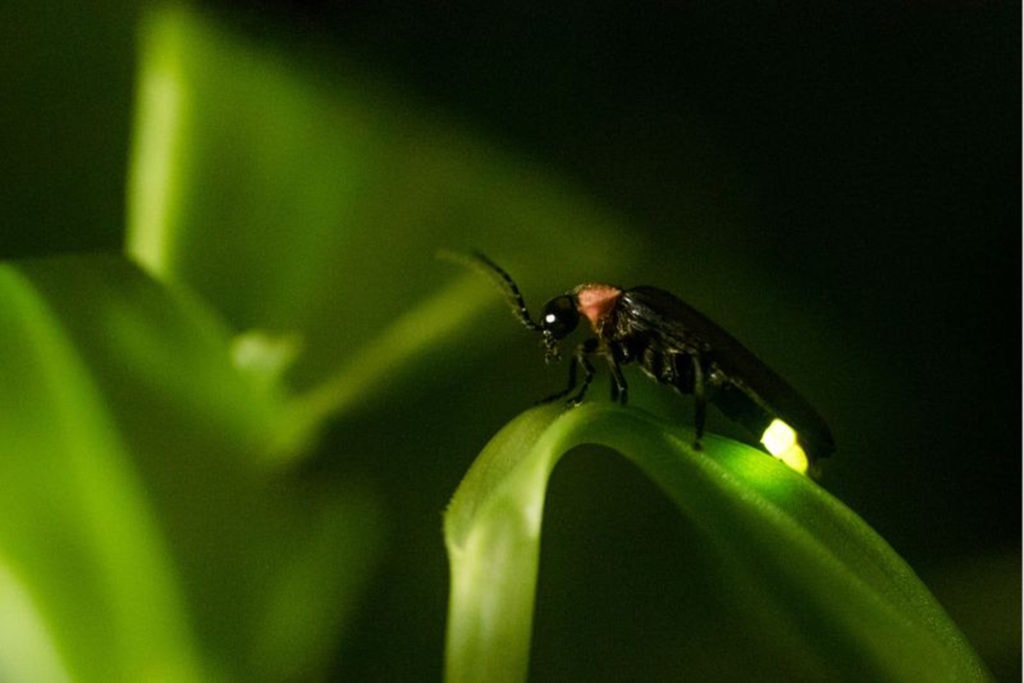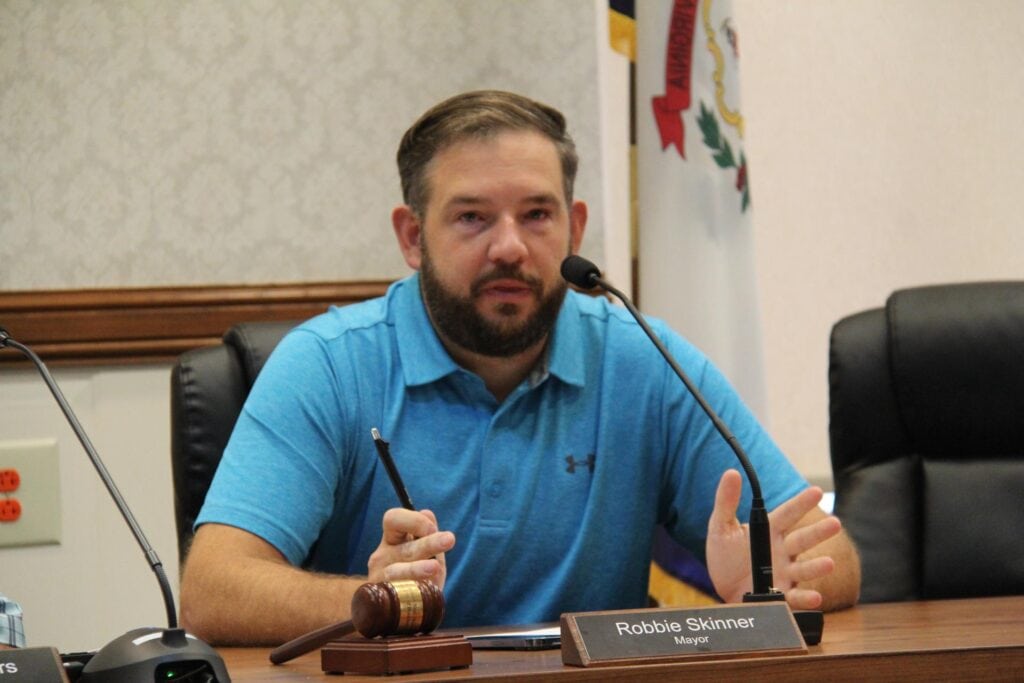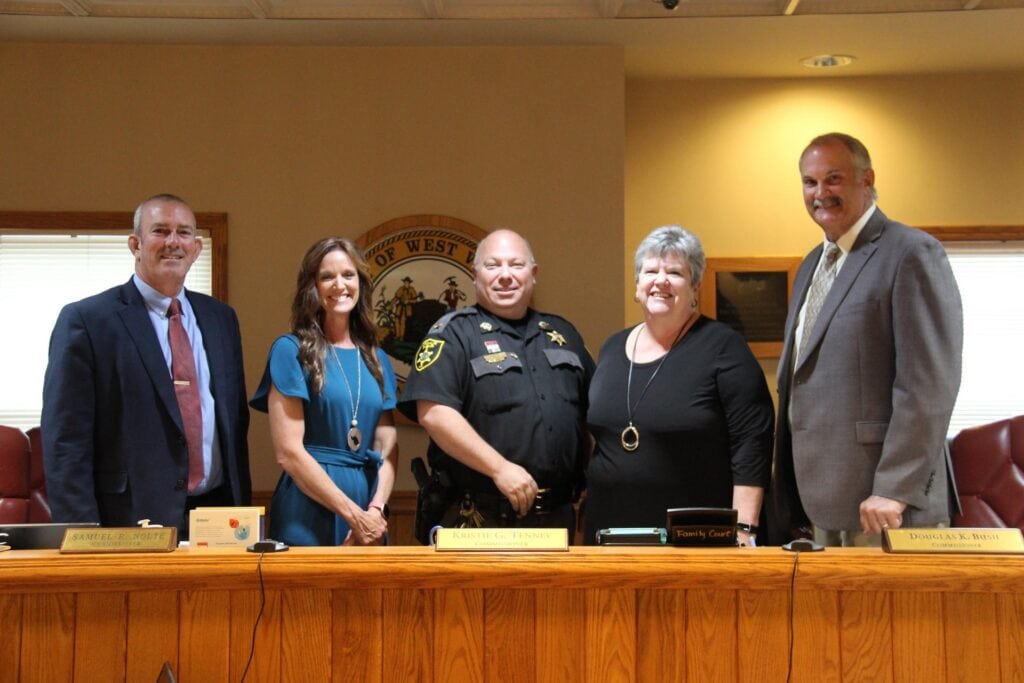SOUTH CHARLESTON, W.VA. — In an effort to understand declining firefly populations, the West Virginia Division of Natural Resources is inviting the public to participate in a citizen science project to track lightning bug sightings in the Mountain State.
West Virginia has up to 40 species of fireflies that may have declined in number due to habitat loss, pesticide use and other environmental causes such as light pollution, but can still be seen in fields and forests after sunset during the summer.
“We have all had that moment growing up where we watched fireflies with our family and there is something so magical about that experience,” said Mack Frantz, a zoologist for the DNR. “Our hope is that this experience can be persistent and exist for decades to come so West Virginians can continue to enjoy fireflies.”
You can be part of the DNR’s firefly conservation efforts and participate in the survey by going outside, looking for fireflies and reporting the location of your sightings at www.wvdnr.gov/fireflies. You can also download the Survey123 app on the Apple and Google Play stores.
Wildlife surveys and citizen scientists play a role in conservation
Fireflies are soft-bodied beetles that use a light emitting chemical process called bioluminescence to attract mates. Each species has a characteristic flash pattern that is usually yellow, green or amber. Fireflies take about two years to mature and live as adults for about 21 days.
“This is really important work and thanks to the efforts of citizen scientists, we have confirmed that we have at least two populations of synchronous fireflies, which can synchronize their flashing light displays in unison,” said Frantz. “The males are only active for about two weeks, so we have a very short window to find them. You have to be in the right place at the right time.”
You can help conserve and protect fireflies
By documenting fireflies in West Virginia, DNR biologists are trying to determine the correlation between declining lightning bug populations and environmental causes so the best management practices can be put in place to allow these insects to thrive again.
The good news is that there are several simple things people can do in their backyard to assist in this effort.
“One of the things you can do is create habitat, which is not only good for fireflies but also other wildlife,” said Frantz. “You can create pollinator habitat, mow less frequently or even leave patches of your yard unmowed. Working together, we all have the ability to protect the integrity of firefly species so they can be enjoyed for decades to come.”
Survey participants are encouraged to share photos on social media with the hashtag #LightUpWV. For more information about the project or to be added to a survey mailing list, contact Mack Frantz at 304-637-0245 or send him an email at mack.w.frantz@wv.gov.













